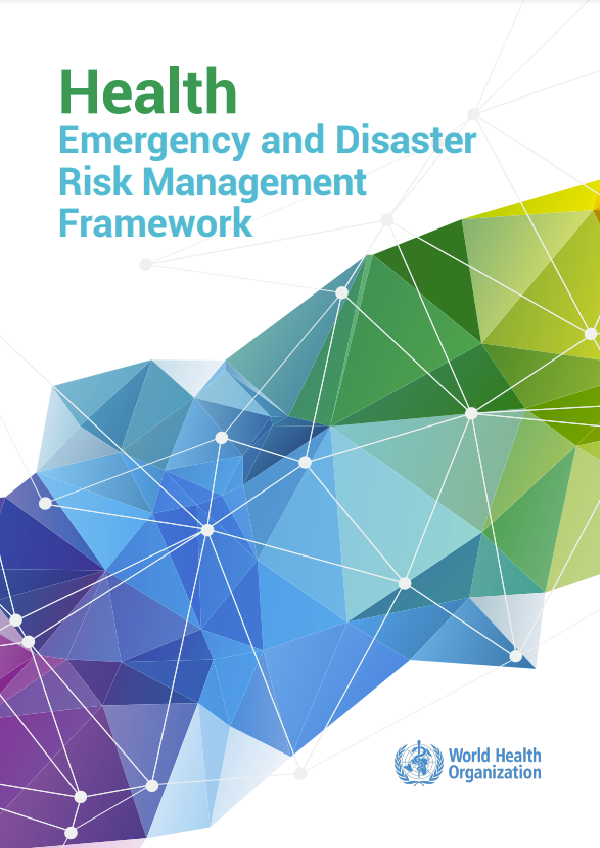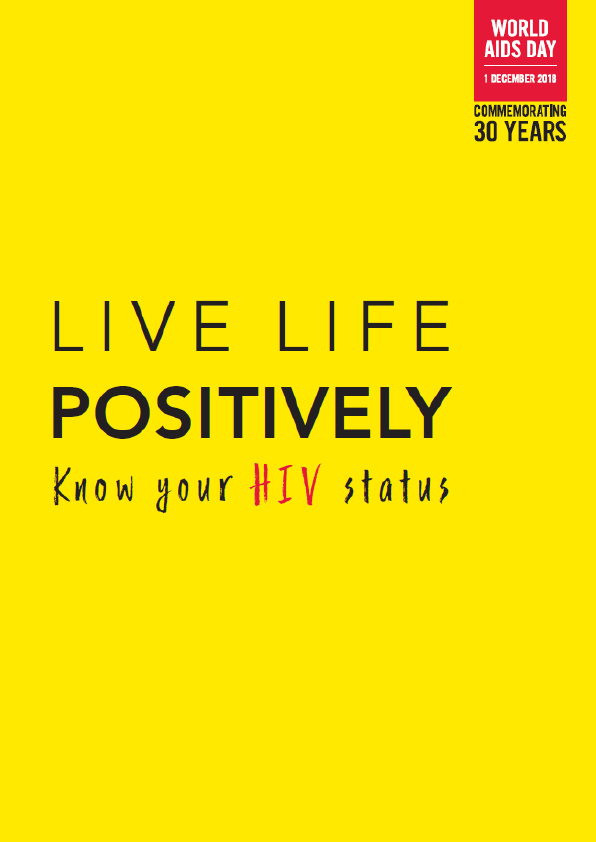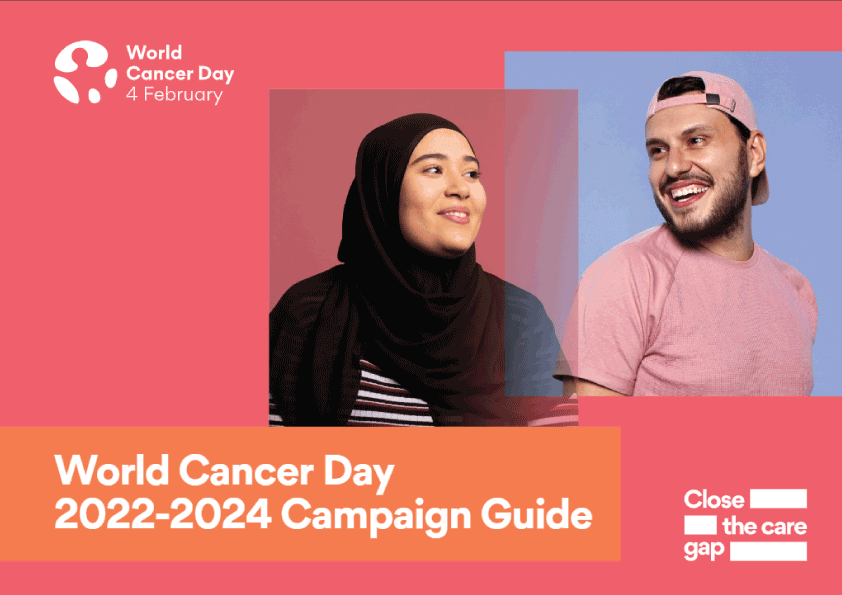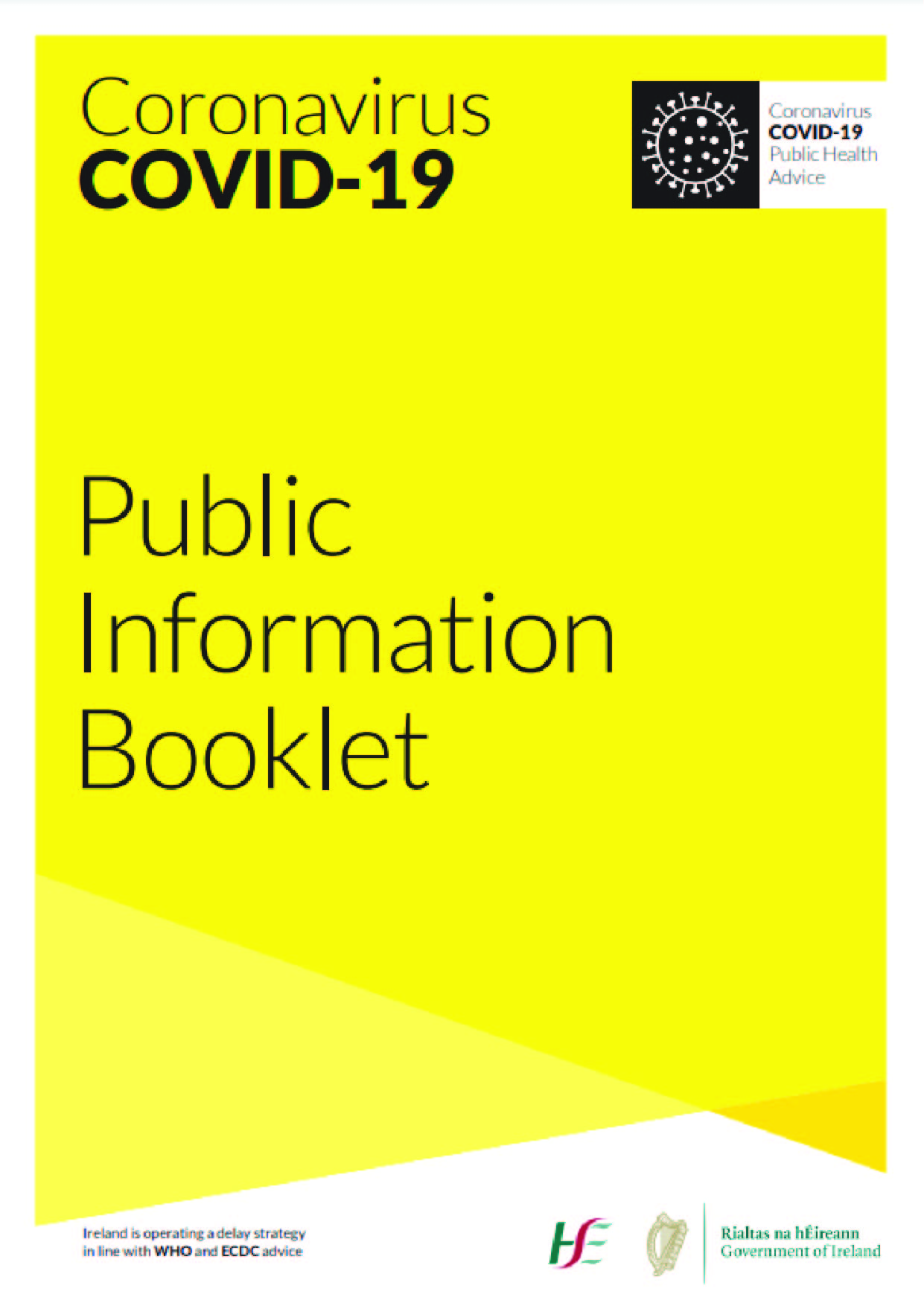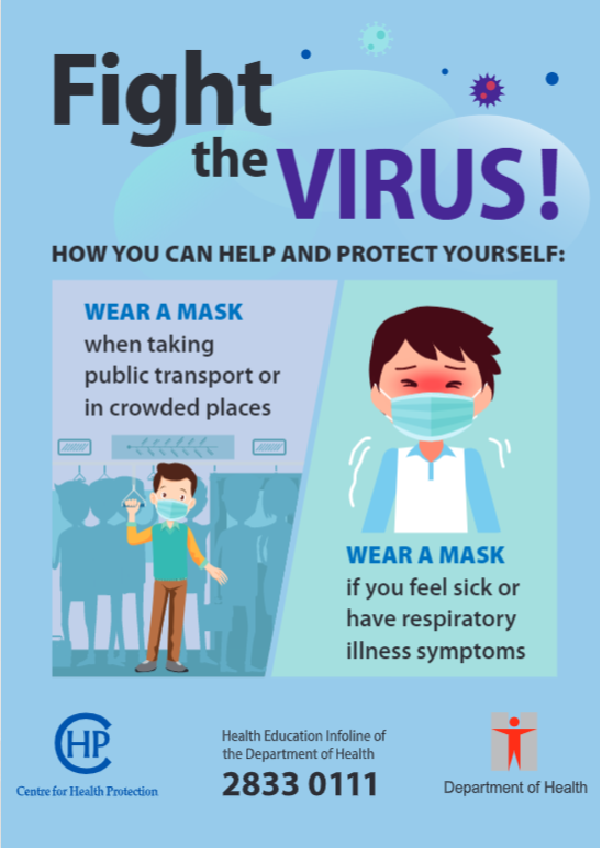Emergencies and disasters take a profound toll on people’s health, often well after the headlines fade.
Every year, over 170 million people will be affected by conflict, and another 190 million by disasters; yet the full impact on people’s health is far greater than this. Some will be large national, regional, or even global crises, from cyclones and drought to major outbreaks. Others will be more localized, like traffic collisions and fires, but can still be devastating in their collective costs to human life.
Too often these events set back development – sometimes for decades – and jeopardize universal health coverage along with other development agendas of a country. They shatter the aspirations of children and adults, and the communities they live in or call home. They can overwhelm health systems and decimate the economies that fund them.
Reducing these impacts is one of our most pressing priorities. It will be central to achieving the triple billion goals of the World Health Organization (WHO): for universal health coverage, health security, and health for all.
This Health Emergency and Disaster Risk Management (EDRM) Framework is a substantial response to this challenge. It emphasizes the critical importance of prevention, preparedness, and readiness, together with response and recovery, to save lives and protect health. It outlines the need to work together – because EDRM is never the work of one sector or agency alone. It shows how the whole health system can and must be fundamental in all of these efforts.
The Framework also details the clear need for communities to be in the driving seat. While emergencies affect everyone, they disproportionately affect those who are the most vulnerable. The needs and rights of the poorest, as well as women, children, people with disabilities, older persons, migrants, refugees, and displaced persons, and people with chronic diseases must be at the center of our work.
WHO is fully committed to working with the Member States and partners to ensure that the Framework is implemented effectively.
This document is the result of extensive consultations and inputs from the Member States and partners, as well as WHO colleagues across offices and programs around the world. I would like to thank each and every one of those who have contributed to its development.
Moreover, I encourage everyone to use this Framework: you should be able to see yourself and your role on these pages. Not all emergencies can be predicted, but they can be prepared for. Let us act together to reduce the risks they pose before, during, and after emergencies, and achieve a safer, healthier world for all.
